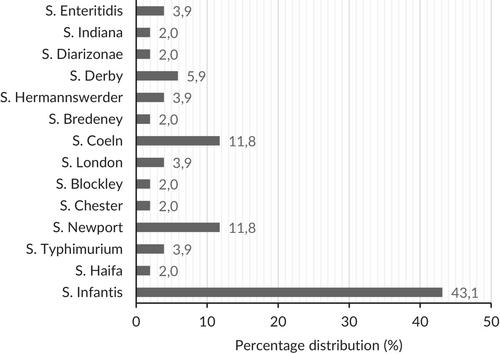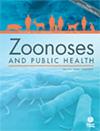Within the One Health paradigm, infectious disease surveillance have been developed for domestic and wild animals, leaving the role of captive non-domestic populations, especially felids in zoos and circuses, less explored. This study addresses the proximity of these captive animals to urban areas, necessitating focused monitoring for potential zoonotic enteropathogens. The present work aimed to investigate the presence of such zoonotic enteropathogens in faecal samples from captive large felid populations.
A total of 108 faecal samples were collected in three circuses, five zoos and one rescue centre across Italy. Salmonella spp. isolation, serotyping and antimicrobial susceptibility testing were conducted on all samples. Additionally, 60 samples were also examined for gastrointestinal parasites using standard coprological techniques. Giardia spp. detection employed direct immunofluorescent staining and specific PCR, while Toxoplasma gondii was detected using PCR targeting B1 gene. A total of 51 Salmonella enterica subsp. enterica were isolated, with predominant serovariants including Infantis (43.1%), Coeln (11.8%) and Newport (11.8%). The captive felids likely act as asymptomatic carriers of foodborne Salmonella, with notable resistance ampicillin and trimethoprim-sulfamethoxazole, no resistance to enrofloxacin was noted. Microscopic analysis revealed Toxascaris leonina eggs in 11 faecal samples (18.3%) and Giardia duodenalis cysts in one animal (1.7%).
Captive animals in public settings may act as sources of Salmonella infection and enteroparasitosis for both occupational and general exposure. The study emphasizes the role of captive animals in antimicrobial resistance dynamics, highlighting the need for routine pathogen screening in the management practices of zoological structures.



